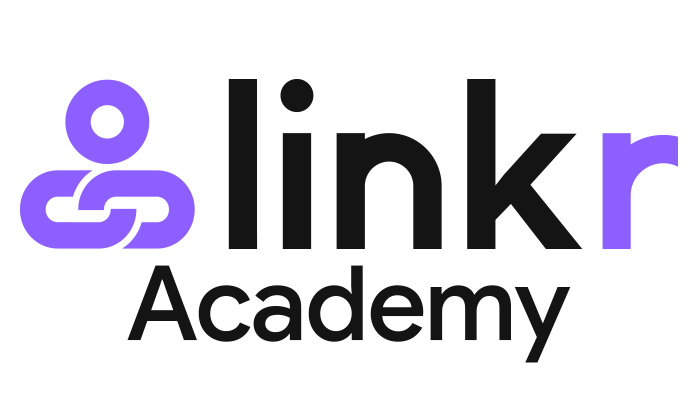Course Creators| How to Sell Your Online Course at No Cost?
With the increasing demand for online education, the e-learning industry is expected to continue growing.
Additionally, the creator economy has also been on the rise, providing opportunities for individuals to create and monetize their own educational content.
However, it’s important to conduct thorough market research and have a clear understanding of the target audience before launching your own e-learning platform. In this guide, we will show you 17 ways to sell your online course without incurring any costs.
Table of Contents
The benefits of online course

Online course allows creators to reach a larger audience, as their courses can be accessed by anyone with an internet connection.
Course creators can create and deliver their courses at their own pace and schedule, without the constraints of traditional classroom settings. The online course can be sold or offered as a subscription, providing creators with a source of passive income.
And online course creation can lead to new job opportunities, such as teaching or consulting, as well as open up new career opportunities for creators.
17 ways for selling online courses without money
It is challenging work to create and sell online courses, but the potential rewards can be substantial in terms of financial gain and personal growth.
These methods may not cost money, but they do require time and effort to execute effectively.
1. Create a landing page

Build a landing page that highlights the key features and benefits of your online course. Make sure it is simple and easy to understand.
It is not necessary to build a website in order to create a landing page. Many website builders, such as Wix, Squarespace, and Leadpages, offer easy-to-use tools for creating landing pages.
Additionally, some creator marketing platforms like Linkr, is specialized in creating link in bio landing pages, they provide the user with a user-friendly interface, analytics, and more features that can help in achieving a better conversion rate for the landing page.
2. Utilize social media

Use social media platforms like Facebook, Twitter, and Instagram to promote your online course. Share testimonials, success stories, and sneak peeks of the course content.
3. Leverage email marketing

Build an email list and send out regular updates about your course, including special promotions and discounts.
4. Offer free content
Provide free content, such as webinars, e-books, PDFs, or blog posts, that are related to your course to give potential audiences a taste of what they can expect to learn.
5. Create a referral program

Encourage current students to refer their friends and family to your course. Offer them a referral discount or a free course as a reward.
6. Partner with influencers
Reach out to influencers in your niche and ask them to promote your course. They have a built-in audience, and they can help you reach a wider audience and gain credibility.
7. Use SEO

Optimize your website and course landing page for search engines by including keywords and meta tags. This will help potential audiences find your course when they search for related topics.
8. Host a contest

Host a contest and give away a free course to the winner. This can help you generate buzz and attract new students.
9. Offer a money-back guarantee

Provide a money-back guarantee to help alleviate any concerns potential students may have about the quality of your course.
10. Be transparent
Be honest and transparent about what your course covers and what students can expect to learn. This will help you build trust and increase the chances of people signing up for your course.
11. Becoming an expert in online communities

Participate in online communities such as forums, social media groups, and discussion boards related to your course topic. Share valuable information and insights, answer questions, and engage with others.
By becoming a trusted expert in these communities, you can build a reputation and attract potential students to your course.
12. Create a sense of urgency
Use language and messaging that creates a sense of urgency to encourage potential students to sign up for your course. For example, you can offer a limited-time discount or a special bonus for early enrollments.
13. Use video marketing

Create engaging and informative videos to promote your course. Share these videos on social media, your website, and other platforms to attract potential students.
14. Create a sense of community

Create a sense of community among your audience by providing opportunities for them to connect and collaborate with each other. This can help increase engagement and retention rates.
Linkr Posts is a popular platform that helps creators build memberships with exclusive access to premium content or benefits.
15. Create a bonus package
Offer a bonus package for students who sign up for your course, such as additional resources, worksheets, or access to exclusive content. This can help increase the perceived value of your course.
16. Use storytelling

Use storytelling to create an emotional connection with potential students. Share personal anecdotes, success stories, and case studies that show the impact of your course.
17. Keep it updated

Keep your course content and materials up to date to ensure it remains relevant and valuable for your audience. This can help increase retention rates and positive reviews.
Conclusion
In conclusion, selling online courses without money is possible but requires some effort and creativity. With the right approach and platform, you can successfully sell your online course without needing a monetary investment
Linkr offers a comprehensive and effective solution for content creators who are looking to monetize their content and engage with their fans in meaningful ways. If you are a course creator, I highly recommend giving it a try.




